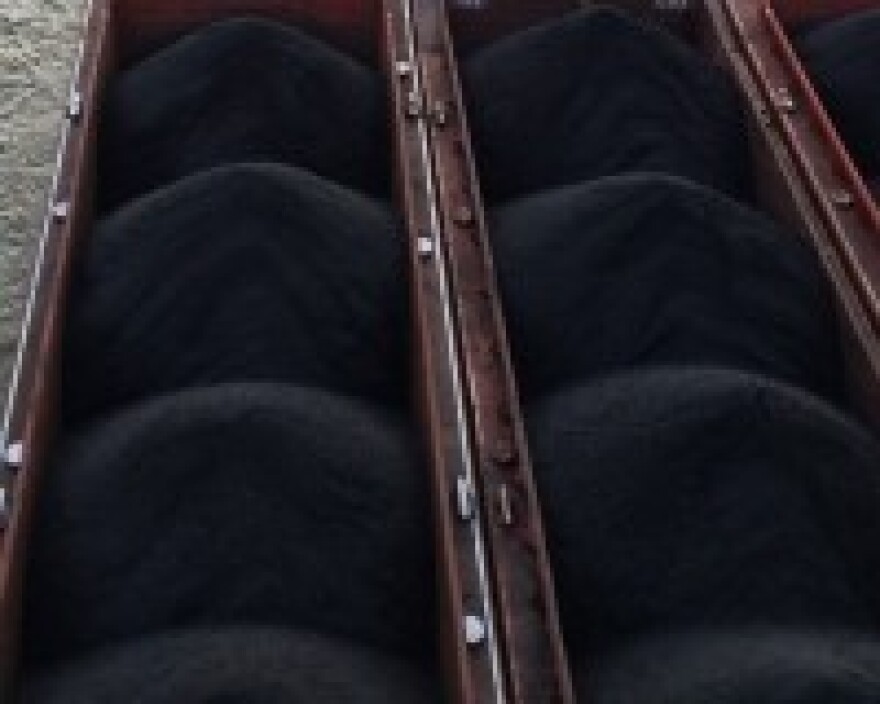Kentucky’s coal industry continued its freefall in the first quarter of this year, according to data released Monday by the state Energy and Environment Cabinet.
Coal production fell nearly 13 percent across the state in the first three months of 2016. Only about 11 million tons of coal was mined, making this the lowest statewide rate since 1939.
As has been the trend, Eastern Kentucky’s coalfields took a larger hit than Western Kentucky. Eastern Kentucky coal production declined more than 21 percent in the first three months of this year alone. The last time coal production was lower in the region was 1917. The bulk of the job losses came in Eastern Kentucky too, with more than a thousand jobs lost this quarter. Statewide, about 6,900 coal miners are employed: the lowest level recorded since 1898.
Kentucky Energy and Environment Cabinet Assistant Director Aron Patrick said it’s likely that Kentucky coal production and employment will continue to drop—at least for the next two years or so.
“Currently we are supplying coal to power plants that are scheduled to close before 2018,” Patrick said. “So in the near-term, i.e., 2016 through 2017, there likely will be continued declines. But 2018 and beyond, there probably will be some sort of stabilization.”
An analysis released last week by the federal Energy Information Administration found that coal demand dropped in all but two states from 2007 to 2015. Some of the biggest drops were in the Southeast, where power plants have historically been major consumers of Kentucky coal. In 2015, coal consumption in Georgia, North Carolina, Mississippi and Alabama was half of what it was in 2007.
Kentucky’s neighbors, Ohio and Tennessee, also saw big drops in coal consumption over that time period—49 percent and 45 percent, respectively. And even Kentucky power plants used 16 percent less coal in 2015 than they did in 2007.
Patrick said a lot of that is due to a declining demand for electricity throughout the country.
“Electricity demand is not declining because of any kind of economic stagnation,” he said. “Electricity demand is declining as a result of higher electricity prices, and most importantly, energy efficiency. We have energy efficiency now in our homes and in our businesses in ways we’ve never had it before, everything from LED lighting to advanced appliances. And right now, we’re simply not using electricity as intensively as we have in the past.”
In a statement, Energy and Environment Cabinet Secretary Charles Snavely, a former coal executive, cited market forces and federal regulations for the continued downward trend.
“It is important that we do everything we can to help regional economies that are struggling because of that,” Snavely said. “Coal remains important to Kentucky. About 85 percent of the state’s electricity is generated by coal and last year the Commonwealth was able to offer manufacturers the fourth lowest industrial electricity prices in the U.S., which translates into jobs for Kentuckians.”






